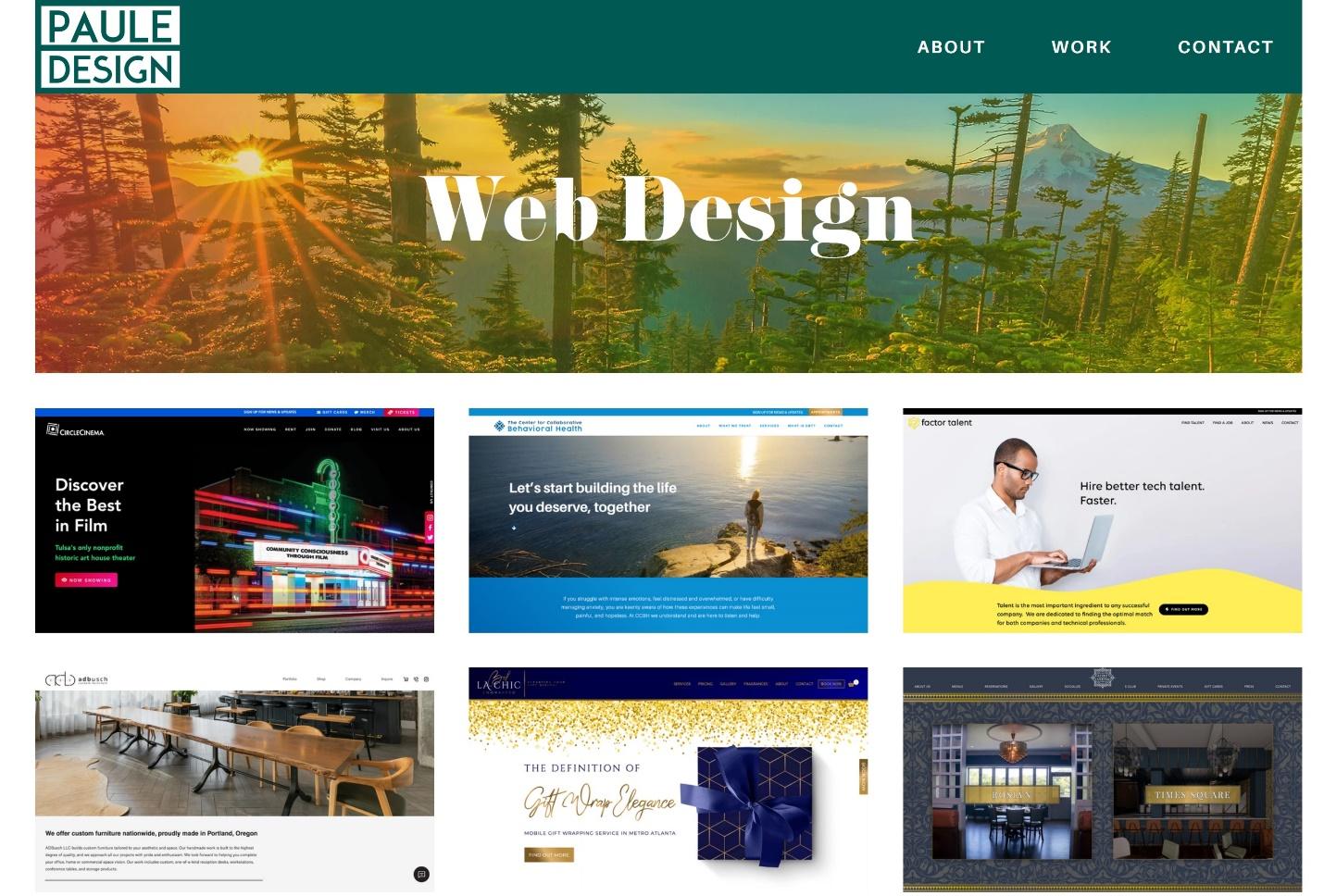Within today's digital landscape, maintaining a strong online presence is essential for businesses of every sizes. The instant a potential customer lands on your website, they create an immediate impression of your brand. This initial interaction frequently dictates whether they choose to engage further or switch to a competitor. This is where the significance of web design is highlighted. A well-designed website not only attracts visitors but also converts them into paying customers.
Effective web design goes beyond aesthetics; it includes usability, functionality, and responsiveness. It ensures that your website is not only attractive but also easy to navigate on any device. As more consumers depend on their smartphones and tablets for shopping and information, having a website that adapts seamlessly to various screen sizes is increasingly essential. Investing in expert web design can enhance user experience, cultivate trust, and ultimately drive business success.
The Impact of First Impressions
An first interaction one user experiences with the website can significantly shape their view of the business. A well-designed site instantly communicates professionalism and credibility. When visitors land on the site that feels aesthetically appealing and simple to navigate, they tend to be more prone to stay and investigate deeper, ultimately resulting in increased conversion rates. On the other hand, a poorly designed website can turn away potential customers almost instantly, redirecting them to competitors that have a refined online presence.
Additionally, first impressions formed through web design go beyond aesthetics. Factors such as loading speed, mobile responsiveness, and user-friendly interfaces play a crucial role in how users perceive a brand. A slow-loading site or one that is difficult to navigate can frustrate visitors and lead them to abandon their search. Businesses that prioritize an intuitive and efficient web design create a more positive user experience, which directly affects customer retention and loyalty.
First impressions can also have lasting effects on brand reputation. Users frequently link the quality of a website with the quality of the related products or services. A captivating web design not only draws in users but also fosters a sense of trust and dependability. Therefore, investing in quality web design becomes essential for businesses aiming to establish a strong foothold in the digital marketplace and convert clicks into loyal customers.
User Experience and CR
A carefully engineered website greatly enhances UX, which is crucial for keeping visitors interested. When users navigate a site that is visually appealing and user-friendly, they are more likely to linger, explore more pages, and return in the future. Effective web design minimizes distraction, leading to a smoother browsing experience that can keep potential customers attracted in what the business has to offer.
In addition, customer retention is significantly influenced by the functionality of a website. If visitors find it straightforward to access information and complete purchases, they are more likely to visit again for future purchases. A seamless experience, characterized by intuitive navigation and effective processes, encourages revisits and builds loyalty. Businesses that invest in innovative web design will see a direct correlation between enhanced usability and increased customer retention rates.

Ultimately, a strong focus on user experience in web design fosters trust and confidence. When customers feel comfortable interacting with a website, they are more inclined to submit their personal information or make purchases. This trust is cultivated by effective design elements such as professional graphics, concise calls to action, and adaptive layouts that adjust to different devices. By prioritizing user experience, businesses merely attract new customers but also cultivate lasting relationships with current ones.
Responsive Web Design and Inclusivity
In the current digital landscape, adaptive web design is a vital component of effective web design. A responsive website adjusts smoothly to various screen sizes, making sure that users have a cohesive experience regardless of whether they are browsing from a laptop, iPad, or phone. This flexibility not only improves user satisfaction but also results to lower bounce rates, as visitors are more likely to remain on a site that performs well across gadgets. A carefully crafted responsive site can greatly increase engagement and conversion rates, making it an important investment for any enterprise.
Accessibility is another vital aspect of web design that cannot be neglected. Websites must be designed to accommodate all users, including those with accessibility needs. This includes providing proper contrast ratios, device navigation, and screen reader compatibility. By prioritizing accessibility, businesses can reach a wider audience and demonstrate their commitment to equal access. Moreover, SEO increasingly advantage accessible sites, which can enhance a company's visibility in search results.
Integrating responsive design with accessibility best practices creates a more strong online presence. As more consumers expect premium digital experiences, businesses that emphasize these factors will stand out in a crowded market. A well-designed website that meets diverse needs not only fosters customer loyalty but also reflects positively on a brand's standing, placing it as a leader in its industry.
